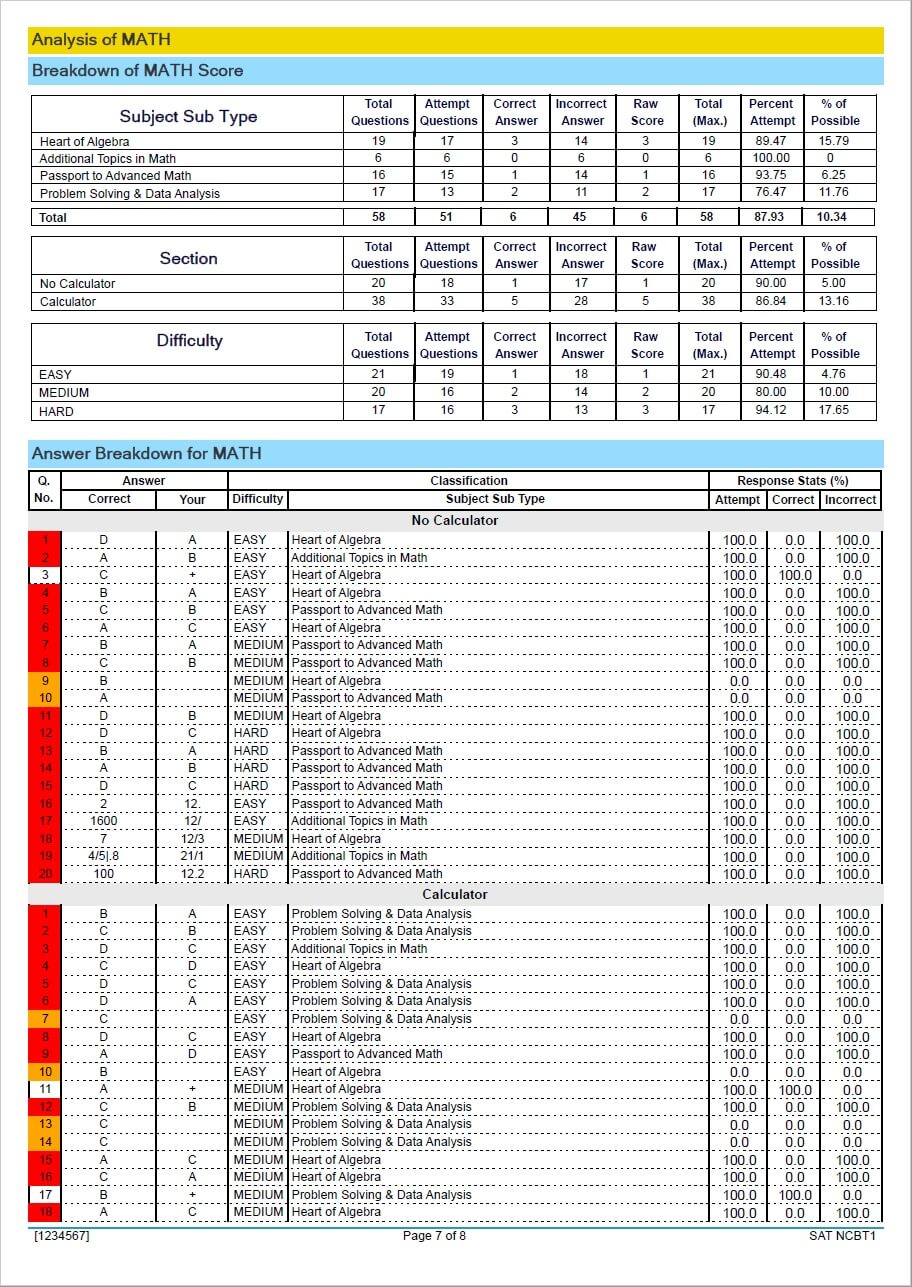Addmen’s SAT / ACT / PSAT scoring software, built into our Integrated Assessment Suite (IAS), offers rich capabilities whether deployed in offline mode or online mode. The system supports reading OMR sheets, test definition, result processing, report generation, and more. Below is a breakdown of its core features, deployment options, and benefits.
In offline mode, the SQL database is hosted on a local server, and result processing is handled locally. The administrator accesses results via the offline result panel in IAS.
In online mode, the database resides in the cloud. This enables live online scoreboards, student access to reports, and remote result viewing.
In both modes, OMR reading and test definition are done using desktop utilities; results and reporting are managed through the IAS interface.
The system includes preset design sets for SAT, ACT, and PSAT OMR sheets—no need for the user to create designs manually.
Because of the built‑in templates, the standard designer module is not required for typical use.
The OMR reader reads sheets and uploads data to IAS for processing, ensuring a clean separation between scanning and result workflows.




Regardless of deployment mode, the IAS interface is the central hub for accessing scores, drawing reports, and managing test outcomes.
Administrators can switch between offline and online results panels (depending on deployment) without changing their workflow.
The system ensures consistency in how test definitions, scoring, and report generation are handled.
Because the system supports both offline and online modes, institutions have the flexibility to choose based on infrastructure, connectivity, security, or policy constraints.
Cloud deployment supports remote access, scalability, and live dashboards. Offline mode supports reliability in isolated environments.
The architecture is designed to scale for large test volumes, concurrent users, and high data throughput.
Minimal Setup Overhead — Prebuilt SAT / ACT / PSAT OMR designs eliminate the need for manual template design.
Hybrid Deployment Options — Use offline mode in low connectivity areas; transition to online when infrastructure permits.
Seamless User Experience — Same interface (IAS) for managing test data, reports, and result access.
Dynamic Reporting — Graphical and standard reports accessible to stakeholders, with trimming/customization capabilities.
Addmen Group Copyright 2025. All Rights Reserved.